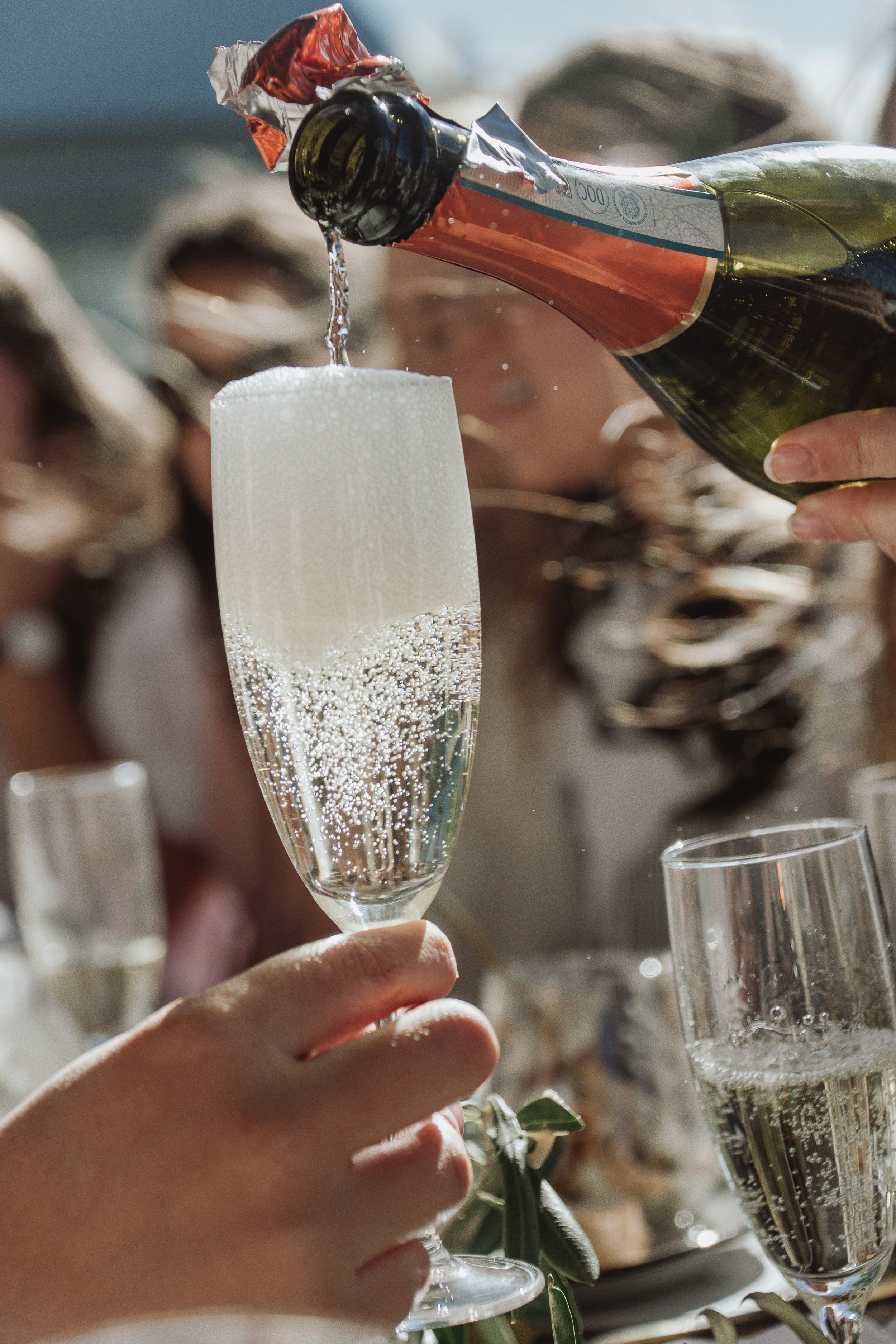Last time, our senses of sight, touch, taste and smell were discussed. The look and feel of a wine glass plays an important role in our wine drinking experience, as does smell and taste. But, the shape of the wine glass also plays an important role.
Red wine glasses are generally taller and are tapered at the top to help keep in some of the wine's aroma. The bowls of red wine glasses are larger and rounder with a larger opening than other wine glasses of similar capacities in order to allow your nose into the glass to smell the aroma. This bowl style is also important because the complex aromas and flavors of red wine require a glass with a larger surface area to ensure that the wine comes in contact with plenty of air.
Conversely, white wine glasses are a bit shorter and have smaller bowls. The bowl of a white wine glass will be more U-shaped with the sides being more upright than that of a red wine glass, allowing the aromas to be released.
With both red and white wine glasses, you should choose clear glass for the bowl, stem and base. This is important because it allows you to see the true coloring of the wine without it being obscured. And, color matters.
But do you need both types of wine glasses? You can certainly get by with one set of glasses, but when drinking a number of different varietals you may find that the glassware is limiting your experience, especially if you choose to drink red wine out of a smaller white wine glass. So, plan on having at least two types of wine glasses. Some would also recommend having a third type, a flute, for sparkling wine. But, unless you just want to look at a lot of bubbles, go with a white wine glass.
While the various shapes and sizes can be overwhelming, a proper varietal-glass pairing can make a difference. Oh, and then there's the subject of the stem. And, that's a whole other story that we'll address next time.
So, whether it's a red or a white, find the proper glass, fill it no more than a third full, swirl, smell, sip and savor. Cheers!


